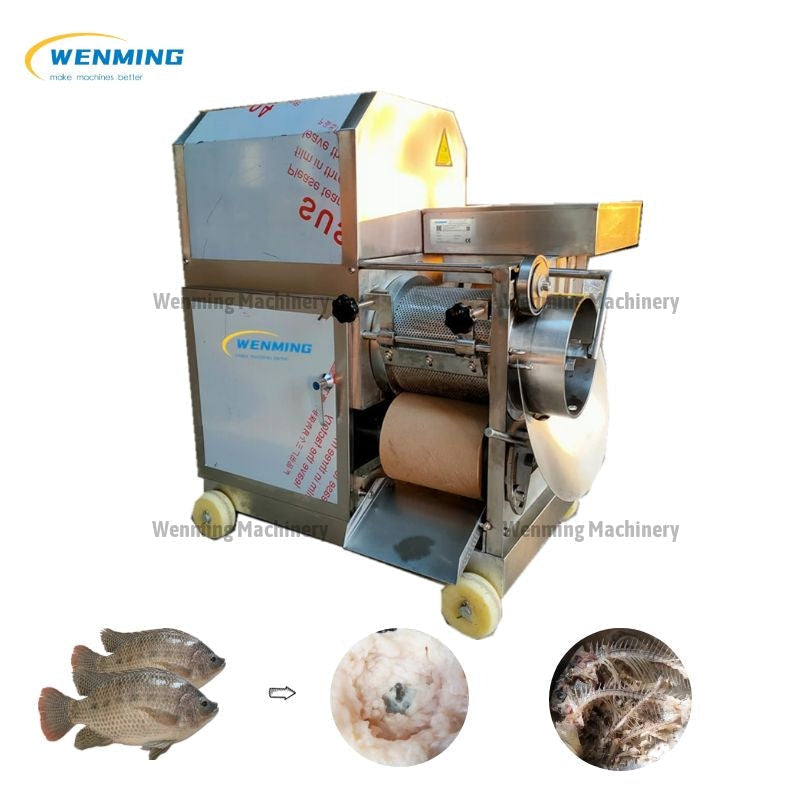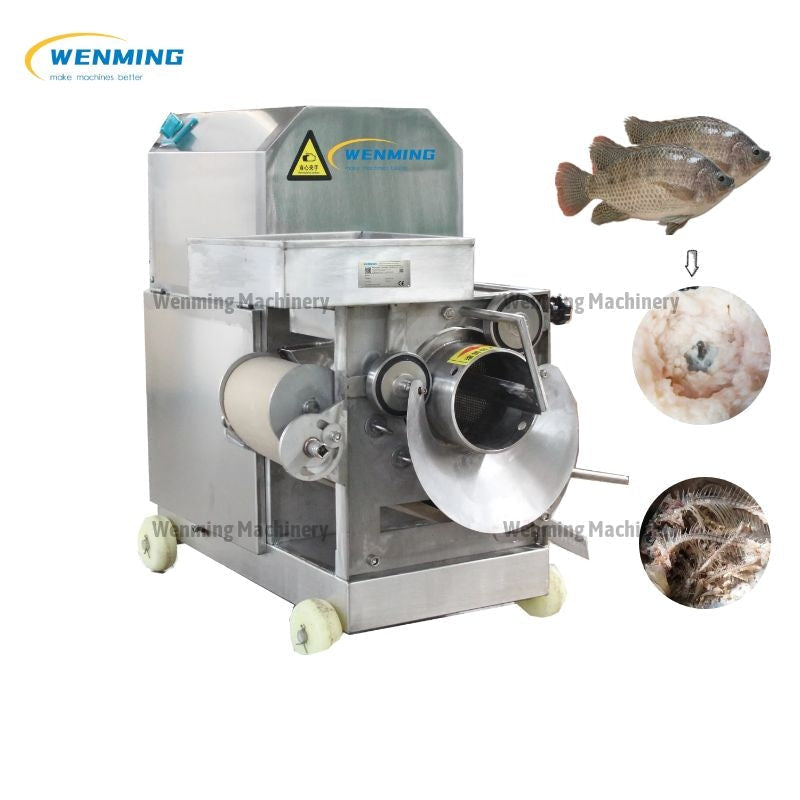10 years of experience as a food machinery equipment manufacturer
10 years of experience as a food machinery equipment manufacturer
The global seafood industry continually seeks innovative solutions to enhance efficiency, maximize resource utilization, and improve product quality. Within this dynamic landscape, specialized machinery plays a crucial role. One such technological development is the fish meat separator, a device engineered to efficiently extract edible flesh from fish, thereby minimizing waste and creating opportunities for value-added products. The concept of a “Brazilian fish meat separator” suggests a focus on technology developed or adapted to meet the specific needs and challenges of Brazil’s diverse and significant fishing sector.

At its core, a fish meat separator, also known as a deboning machine or meat-bone separator, is designed to mechanically segregate fish flesh from non-edible parts such as bones, skin, and fins. The process typically involves feeding fish – either whole, headed and gutted, or as frames remaining after filleting – into the machine. Inside, a combination of pressure and mechanical action, often involving a perforated drum and a flexible belt, squeezes the soft muscle tissue through small openings, while the harder components like bones and skin are retained and expelled separately. The result is a finely minced fish meat, largely free of bones, which can then be used in a variety of food applications.
The quality of the separated meat, including its texture, color, and bone content, is dependent on several factors such as the machine’s design, the pressure applied, the size of the drum perforations, the species of fish being processed, and its freshness. Modern separators aim to optimize these variables to ensure a high yield of good quality meat.
Brazil boasts an extensive coastline and vast inland water systems, supporting a rich diversity of fish species. This presents both opportunities and challenges for the seafood processing industry. The sheer variety of fish, in terms of size, shape, and bone structure, necessitates processing equipment that is versatile and adaptable. A Brazilian fish meat separator, in this context, would likely be engineered with considerations for:
Such technology could play a significant role in enhancing the value derived from Brazil’s fishery resources, supporting food security, and promoting more sustainable fishing practices by utilizing a greater portion of the catch.
While specific designs may vary, fish meat separators developed with the Brazilian context in mind would likely emphasize several key operational characteristics. High efficiency in meat recovery is a primary objective, directly impacting profitability. This is often achieved through optimized drum and belt systems that apply consistent pressure, ensuring maximum flesh extraction while minimizing damage to the meat fibers.
Versatility is another crucial aspect. Machines may feature adjustable settings to accommodate different fish species and sizes, allowing processors to switch between product runs with relative ease. The construction materials are also important; food-grade stainless steel is typically standard, ensuring hygiene, resistance to corrosion in humid and saline environments, and ease of cleaning, which is vital for meeting food safety regulations.
The quality of the separated meat is a significant determinant of its end-use. Advanced separators are designed to minimize the grinding effect, preserving the texture and structure of the fish meat as much as possible. They also aim for extremely low bone content in the final product. User-friendly interfaces for operation and straightforward disassembly procedures for thorough cleaning and sanitation contribute to overall operational efficiency and safety.
The adoption of effective fish meat separation technology offers a multitude of benefits to seafood processors in Brazil and beyond:
The applications for meat recovered by Brazilian fish meat separators are extensive. Large-scale industrial processors can integrate these machines into their lines to process high volumes of fish for commodity products or ingredients. Medium and small-scale enterprises can leverage this technology to add value to local catches, create niche products, and improve their competitiveness.
Beyond direct human consumption, the separated meat can be used in the production of high-quality pet food. Even the byproducts of the separation process (bones and skin) can be further processed into fishmeal or fish oil, ensuring that almost the entire fish is utilized. Research institutions may also employ such separators for studies on fish resource utilization and new product development.

Processors considering the adoption of fish meat separation technology need to evaluate several factors. The initial capital investment for the machinery is a primary consideration, along with the space required for installation and operation. Operator training is essential to ensure the machine is used efficiently and safely, and to maintain the quality of the output. Regular maintenance schedules are also crucial for longevity and optimal performance of the equipment. Integrating the separator effectively into existing processing workflows may require some adjustments to upstream and downstream operations.
The Brazilian fish meat separator, as a concept representing technology tailored for or originating from a nation with rich aquatic biodiversity, holds considerable potential for transforming the seafood processing landscape. By enabling more efficient extraction of edible meat, fostering product innovation, and promoting sustainable practices through waste reduction, such machinery addresses key challenges faced by the modern seafood industry. Its successful implementation can lead to enhanced economic viability for processors, better utilization of natural resources, and a greater contribution of the fisheries sector to food supply, both locally in Brazil and potentially in export markets. The continued development and adoption of such specialized equipment underscore the industry’s commitment to efficiency, quality, and sustainability.
